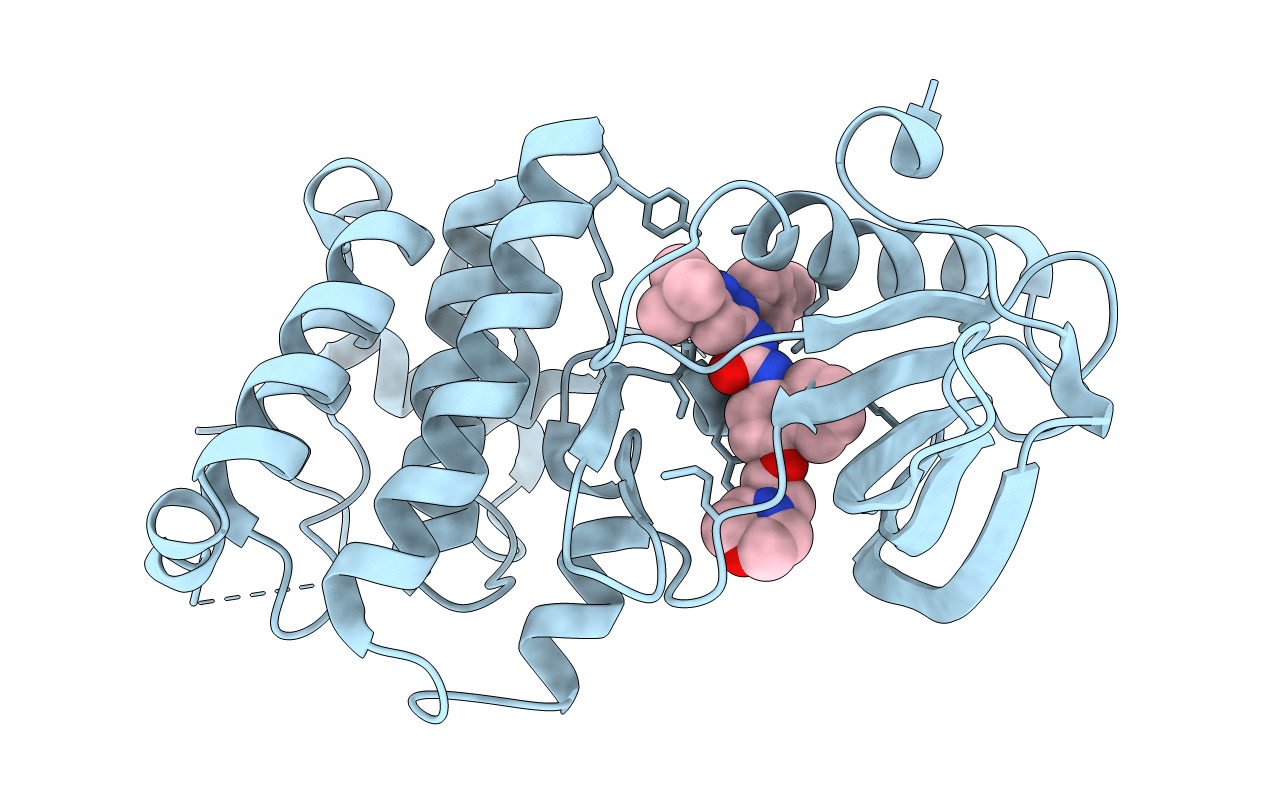
Deposition Date
2014-07-01
Release Date
2015-05-13
Last Version Date
2023-12-20
Method Details:
Experimental Method:
Resolution:
1.71 Å
R-Value Free:
0.21
R-Value Work:
0.17
R-Value Observed:
0.17
Space Group:
P 1 21 1


